




How Geometrical Patterns Inspire Art and Everyday Solutions
Before we get to know what geometrical designs are, we should first know what geometrical shapes are. Look closely around yourself, you will be able to see geometrical shapes infused in your surrounding objects. They are literally everywhere!
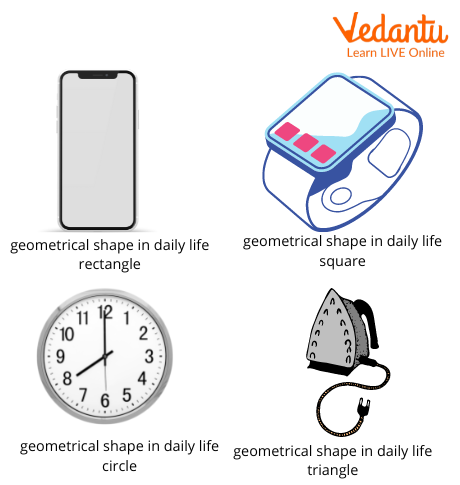
Geometrical Shapes
Many of the other geometrical shapes such as trapezium, parallelogram, cube, octagon, pentagon, ellipse, diamond, etc are made up with the help of these basic shapes which are squire, rectangle, triangle, and circle.
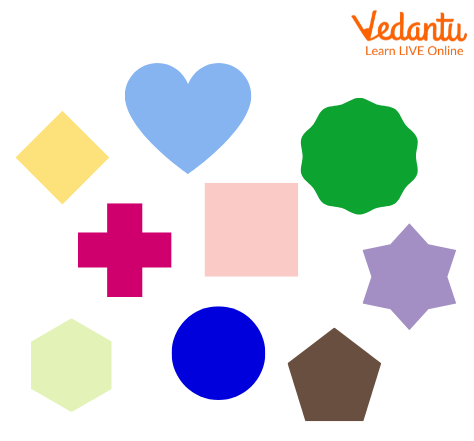
Basic Geometrical Shapes
What are Geometrical Designs?
Geometrical designs are designs formed by using basic shapes such as squares, triangles, rectangles, circles, etc to make patterns that look artistic and creative.
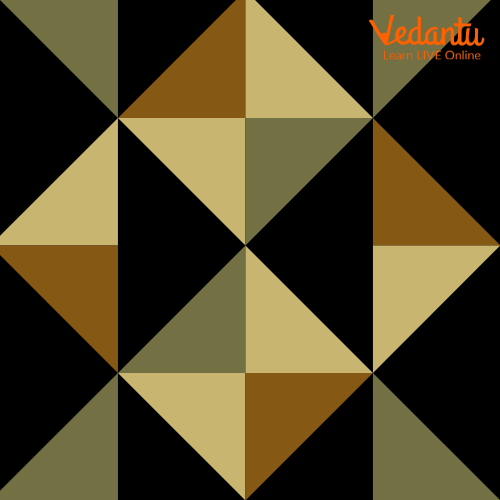
Geometrical Designs in a Square
If you look closely, then you will be able to see the geometrical design in a square made up of so many sizes of squares inside one. It indeed looks very eye-catching and beautiful, isn't it?
Geometrical Designs and Patterns in Indian Monuments
Did you know geometrical designs and geometrical patterns were used in Islamic art back in the olden days? In Islamic art, geometrical patterns were combined and arranged in such a way that they looked one of a kind and unique.
Geometrical art came into India during the Mughal period and it's quite obvious if we look at their buildings which were constructed in those times by very skilled laborers who had fine knowledge about patterns and how to carve designs on the walls, floors, pillars, windows, etc.
Taj Mahal and Qutub Minar have universally admired masterpieces of the world’s heritage and if you look at them, you will notice how beautifully the designs were made by using geometrical knowledge.
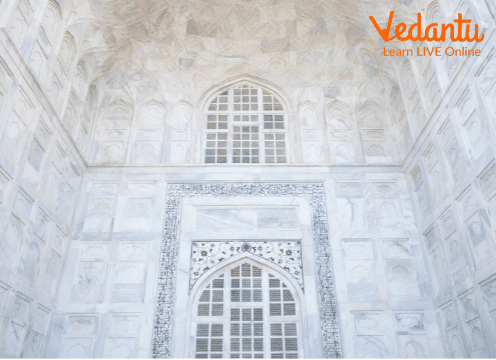
Geometrical Designs on Taj Mahal
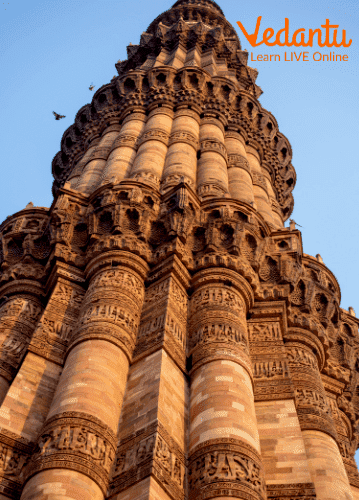
Geometrical Designs on Qutub Minar
Things to Remember
Simple terminologies to remember before we learn how to design.
Circle: It is a polygon where all points on the circumference have an equal distance from the center.
Diameter: Any line which passes through the center of the circle which equally makes 2 halves of the circle.
Radius: Any line which connects the center and the circumference of the circle. Basically half of what diameter is.
Tangent: Only one point where the line just touches the circle from outside.
Chord: A line that does not pass through the center of the circle and connects two points on the circumference.
Triangle
Triangle is a polygon that has only 3 straight sides. The total sum of all the angles is always 1800.
Acute Angle: An acute angle is an angle that is smaller than 900.
Obtuse Angle: An obtuse angle is an angle that is bigger than 900
Right Angle: Angle which is exactly 900 and it can be denoted with the help of a squire marked inside.
Quadrilaterals
Any closed shape which has 4 straight sides.
Squire, rectangle, rhombus, parallelogram, and kite are a few examples of quadrilaterals. The total sum of the angles is always 360º.
How to Draw Geometrical Designs?
Well, drawing geometrical designs is not a big deal unless you have a creative mind and if you aren't creative, then there is no need to worry because we will be learning some of the easiest geometrical designs and patterns using geometrical shapes.
Following are some examples of easy geometrical designs.
Solved Examples:-
Example 1. Easy geometrical design using circles, diamonds, and squires
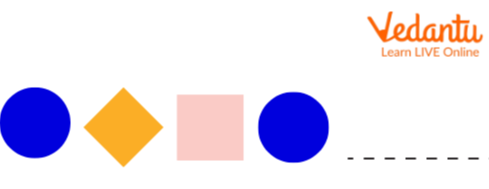
Complete Pattern in Example 1
Solution:
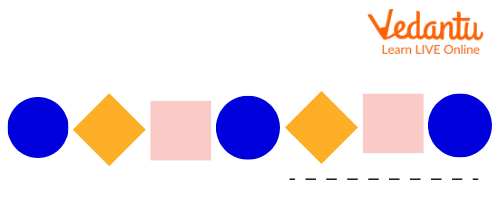
Solution of Pattern used in Example 1
Example 2. Easy geometrical design using rectangle and parallelogram

Complete Pattern in Example 2
Solution:

Solution of Pattern used in Example 2
Example 3. Easy geometrical design using triangles and ellipses.
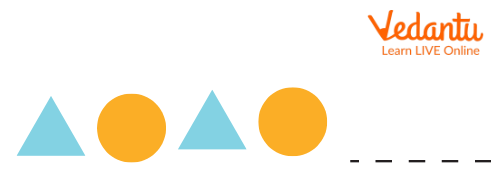
Complete Pattern in Example 3
Solution:

Solution of Pattern Used in Example 3
Summary
Geometrical design is a very fun and creative way of mixing different shapes, lines, and curves together to create a unique and beautiful design. These designs are used in places such as in tattoos, interior designing of a house, wallpapers, jewelry, printing on clothes, etc.
Geometrical designs and shapes are majorly used by architects in order to draft detailed plans. Engineers strongly rely on geometrical principles to create or construct safely. For a fine drawing, geometrical knowledge is a must.
FAQs on Geometrical Designs and Their Creative Sides
1. What are geometrical designs?
Geometrical designs are patterns and artworks made using shapes like circles, triangles, and squares. These designs use lines, angles, and symmetry to create interesting visual effects, often seen in art, architecture, and decorative crafts. The geometry is fundamental to their structure and appeal.
2. How do artists use geometry in creative artworks?
Artists use geometry by arranging shapes and lines in patterns to express their ideas. For example:
- Creating optical illusions
- Designing mandalas
- Building stained glass windows
3. What are some common shapes used in geometrical patterns?
Some common shapes in geometrical patterns are:
- Triangles
- Squares
- Rectangles
- Hexagons
- Circles
4. Why is symmetry important in geometrical design?
Symmetry helps create balance and harmony in geometrical design. When shapes are mirrored or repeated equally, the artwork feels more organized and pleasing. Symmetrical designs are found in nature, art, and even engineering because they visually attract the human eye.
5. How are mathematical formulas used in creating geometrical designs?
Mathematical formulas help artists measure angles, lengths, and areas precisely. For instance, the area of a circle uses: $$A=\pi r^2$$. Accurate calculations ensure that geometric shapes fit together correctly, making the final design neat and visually consistent.
6. What cultures are known for using geometrical designs?
Several cultures are famous for geometrical designs in their art, such as:
- Islamic art with intricate tile patterns
- Ancient Greek mosaics
- African textiles
- Hindu mandalas
7. Can geometry inspire modern creative design?
Absolutely, geometry inspires modern design in fashion, architecture, and digital graphics. Creative professionals use geometric shapes to develop bold patterns or minimalist styles, making their work stand out through both simplicity and complexity in visual design.
8. What is the difference between organic and geometric design elements?
Geometric design elements use precise shapes like squares and circles. Organic design elements are irregular, flowing, and inspired by nature. Choosing between them depends on whether the artist wants a structured or more natural, free-form look in their creative piece.
9. How does repetition enhance a geometrical pattern?
Repetition of geometric shapes in a pattern creates a sense of rhythm, order, and unity. When a shape repeats regularly, it draws the viewer’s eye across the design, making the pattern more engaging and visually dynamic overall.
10. What tools are used to create geometric art?
Geometric art is created using tools like rulers, compasses, protractors, and computer software. These tools help artists achieve straight lines, perfect angles, and accurate measurements, which are essential for producing clean and precise geometric designs.
11. How does color impact the creativity of geometric designs?
Color choices can transform geometric designs from simple to vibrant. By using contrasting colors, gradients, or complementary tones, artists can make patterns more striking and expressive, showing that creativity goes beyond shapes to include thoughtful color selection.





















